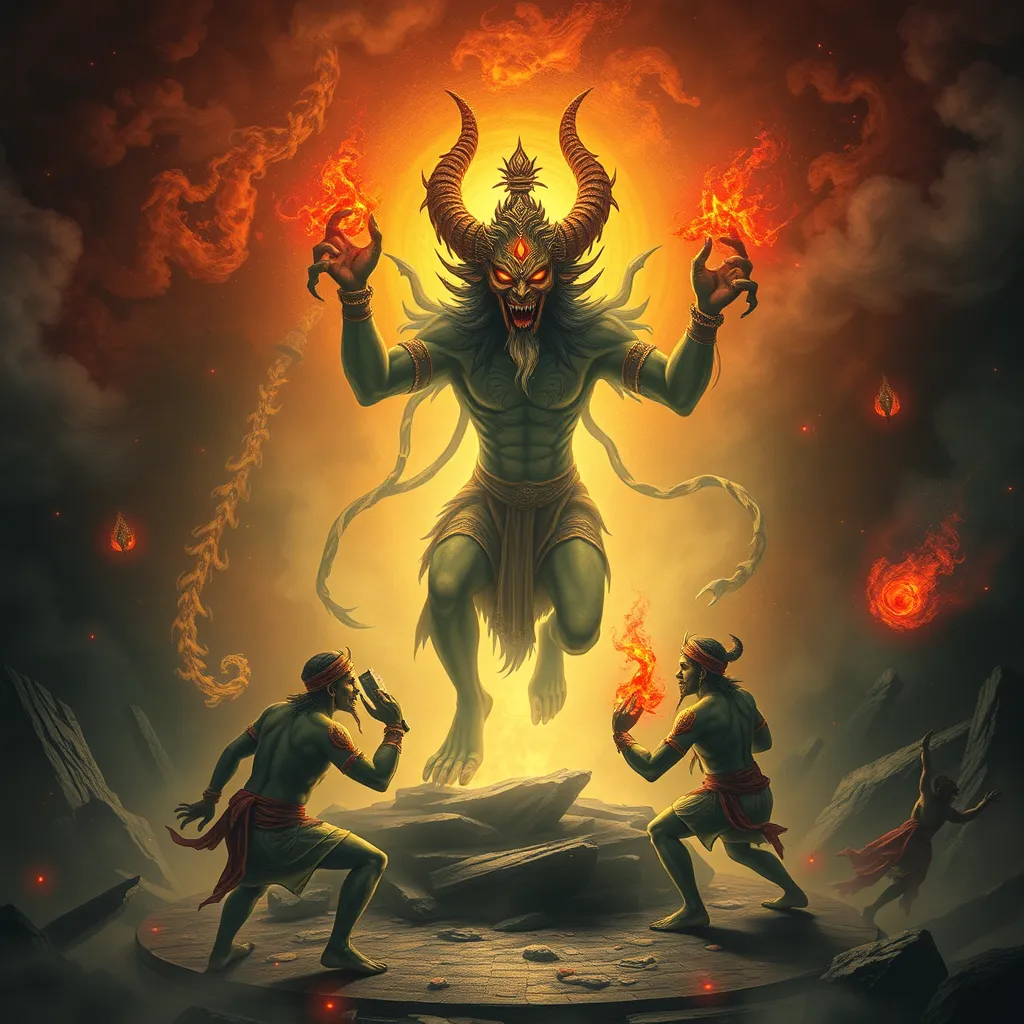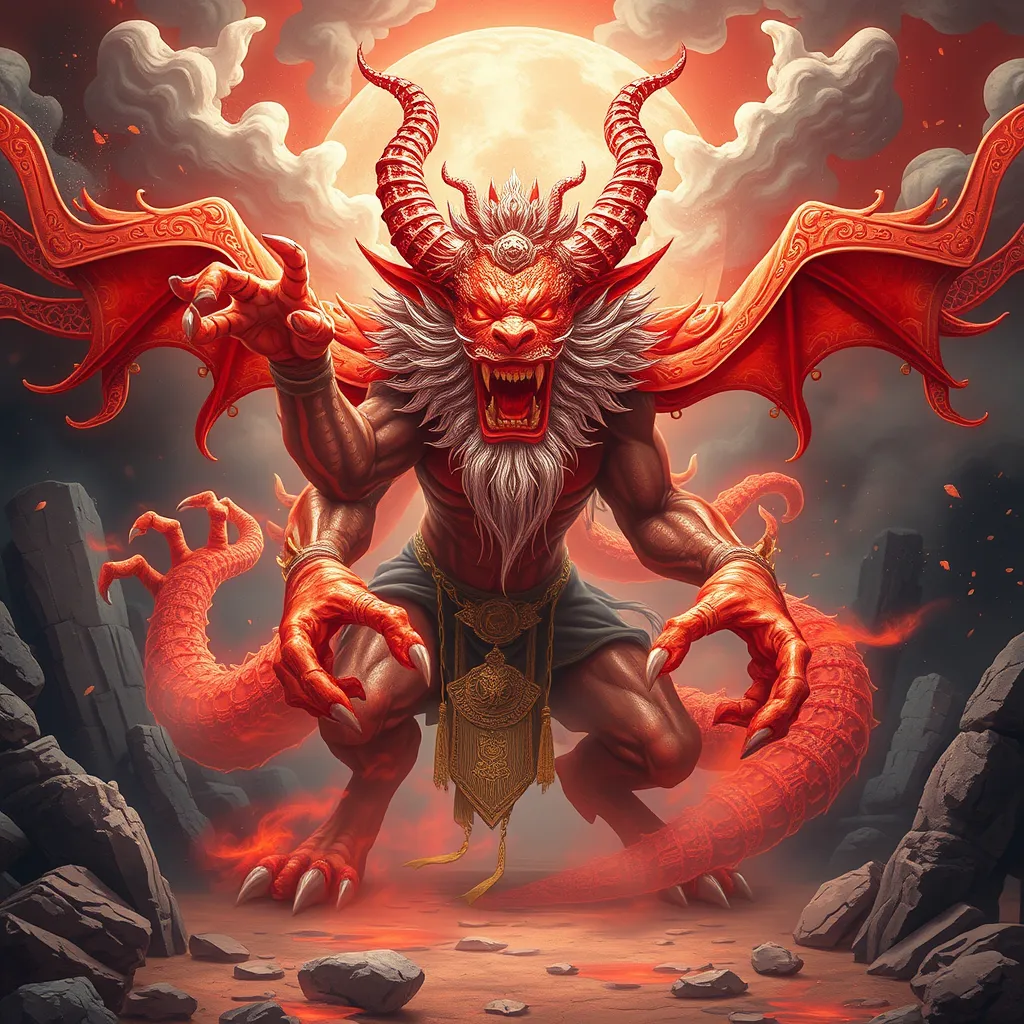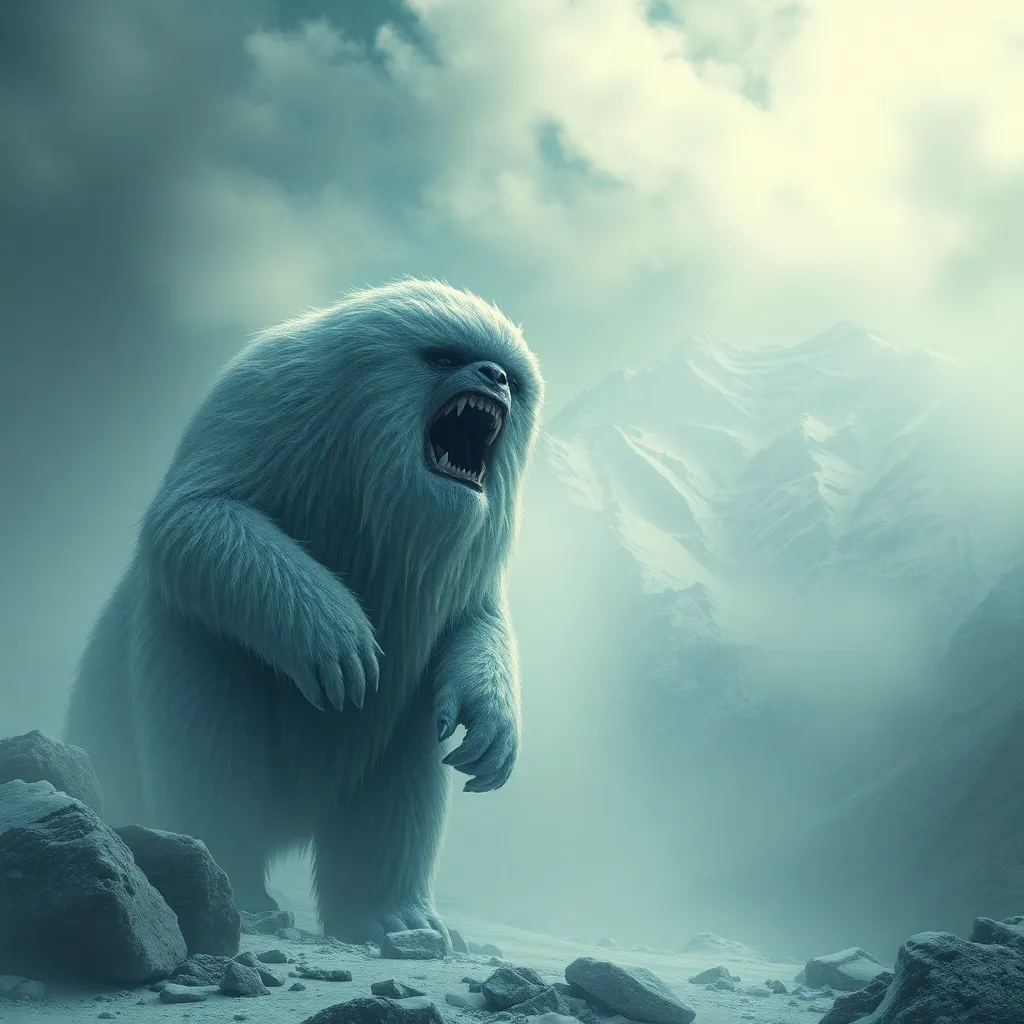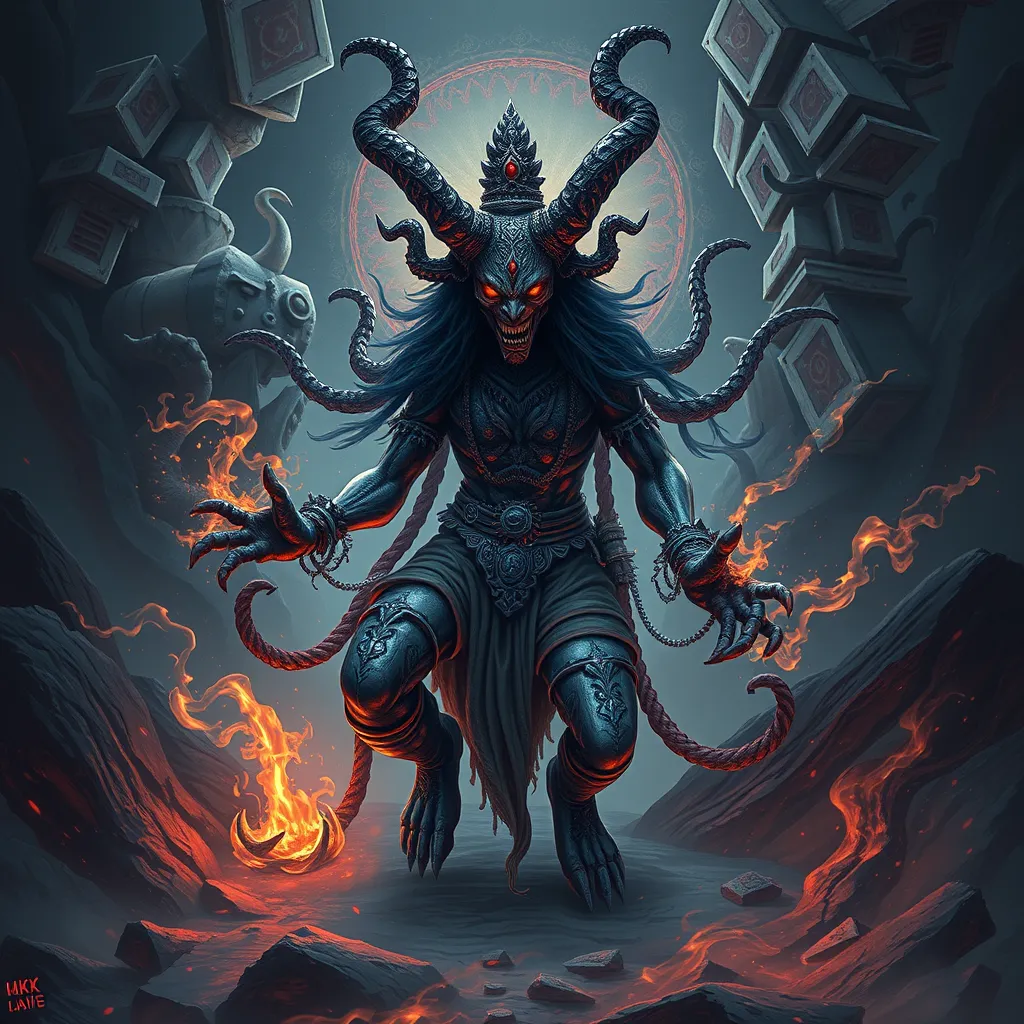The Rakshasa in the Puranas: The Demonic Beings of Hindu Mythology
I. Introduction
Hindu mythology is a rich tapestry of supernatural beings that play critical roles in the narratives of its sacred texts. Among these beings are the Rakshasas, a group of demonic entities that have fascinated scholars and devotees alike. The Puranas, a genre of ancient Indian literature, provide extensive accounts of these beings, their characteristics, and their interactions with gods and humans.
In this article, we will explore the significance of Rakshasas in the Puranas, delving into their origins, attributes, cultural representations, and their intricate relationships with deities, as well as their lasting influence on contemporary society.
II. Origins and Nature of Rakshasas
A. Etymology and definition of Rakshasa
The term “Rakshasa” is derived from the Sanskrit root “raksha,” which means “to protect.” However, despite their name, Rakshasas are often depicted as malevolent beings who threaten the order of the universe. They are typically characterized as man-eaters and sorcerers.
B. Mythological origins: Creation and characteristics
According to various Puranic texts, Rakshasas were created from the mind of the sage Kashyapa or as a byproduct of the churning of the ocean of milk (Samudra Manthan). Their characteristics include:
- Supernatural strength and agility
- Magical abilities, including shapeshifting
- A tendency towards chaos and destruction
C. Distinction between Rakshasas and other supernatural beings
While similar to other demonic entities in Hindu mythology, such as Asuras, Rakshasas are distinct due to their unique attributes and behaviors. Asuras often represent a different aspect of cosmic struggle, focused more on ambition and power, while Rakshasas embody primal chaos and savagery.
III. Physical Attributes and Powers
A. Common physical descriptions of Rakshasas
Rakshasas are often described as having fearsome appearances, with features such as:
- Large, grotesque bodies
- Sharp teeth and claws
- Multiple heads or limbs in certain mythological accounts
B. Magical abilities and supernatural powers
These beings are renowned for their magical prowess, which includes:
- Illusions and deceit to manipulate their victims
- Invulnerability to certain weapons and attacks
- Control over natural elements and the ability to summon spirits
C. Transformation and shapeshifting capabilities
One of the most notable powers of Rakshasas is their ability to shapeshift. They can transform into various forms, allowing them to infiltrate human society and wreak havoc undetected.
IV. Cultural Representations of Rakshasas
A. Depictions in literature and art
Rakshasas have been depicted in various forms of literature and art throughout history. They are often portrayed as the antagonists in epics like the Ramayana and Mahabharata, where their malevolence serves as a foil to the virtues of the protagonists.
B. Symbolism and themes associated with Rakshasas
In literary and artistic representations, Rakshasas symbolize:
- The darker aspects of human nature
- The struggle between good and evil
- The consequences of unchecked desires and ambitions
C. Variations in portrayal across different texts and regions
Across different texts and regions of India, the portrayal of Rakshasas may vary, reflecting local cultures and beliefs. Some may view them as purely evil, while others may offer more nuanced interpretations, depicting them as misunderstood beings.
V. Notable Rakshasa Figures in the Puranas
A. Ravana: The king of Rakshasas and his significance
Ravana, perhaps the most famous Rakshasa, is the central antagonist in the Ramayana. He is depicted as a learned scholar and a formidable warrior, whose abduction of Sita sets off the epic’s main conflict. His character exemplifies the complexity of Rakshasas, blending intelligence with malevolence.
B. Other prominent Rakshasa characters (e.g., Kumbhakarna, Tataka)
Other notable Rakshasas include:
- Kumbhakarna: Ravana’s brother, known for his immense size and strength, who sleeps for long periods, awakening only to fight.
- Tataka: A female Rakshasa who is slain by the hero Rama, representing the threat posed by female Rakshasas in the epics.
C. Their roles in key narratives and epics
These figures play crucial roles in the narratives of the Puranas, acting as obstacles to the heroes and embodying the chaotic forces that the divine order must confront.
VI. The Relationship between Rakshasas and Deities
A. Conflicts between Rakshasas and Hindu gods
The Puranas depict numerous conflicts between Rakshasas and the Hindu deities, often highlighting the struggle for cosmic balance. These conflicts serve as allegories for the eternal battle between order and chaos.
B. The moral and ethical implications of Rakshasa interactions
Interactions between Rakshasas and deities raise moral questions about the nature of evil and righteousness. The Puranas often illustrate that evil can arise from misguided intentions or excessive ambition.
C. Rakshasas as agents of chaos versus divine order
Rakshasas are often portrayed as agents of chaos, challenging the moral order established by the gods. Their existence prompts a response from the divine, emphasizing the importance of dharma (righteousness) in the universe.
VII. Contemporary Interpretations and Influence
A. Modern adaptations in literature, film, and popular culture
In contemporary culture, Rakshasas have found their way into various forms of literature and film, often reimagined as complex characters that challenge traditional notions of good and evil. Their stories continue to inspire adaptations in modern storytelling.
B. The relevance of Rakshasa mythology in contemporary society
The themes surrounding Rakshasas resonate with contemporary issues, such as the struggle against oppression and the consequences of moral failure. They serve as metaphors for the challenges faced in modern society.
C. Comparative analysis with demonic figures in other cultures
Rakshasas can be compared to demonic figures in other cultures, such as the Jinn in Islamic mythology or the Titans in Greek mythology. Each of these figures embodies the chaotic aspects of existence, reflecting universal themes of conflict and morality.
VIII. Conclusion
In summary, Rakshasas hold a significant place in Hindu mythology, particularly within the Puranas. Their multifaceted nature as both antagonists and complex beings illustrates the ongoing struggle between good and evil. The legacy of Rakshasas continues to influence cultural narratives, prompting reflections on morality, chaos, and the human condition.
As we navigate the modern world, the stories of Rakshasas remind us of the intricate balance between order and chaos, urging us to consider the complexities of our own actions and the nature of our existence.



